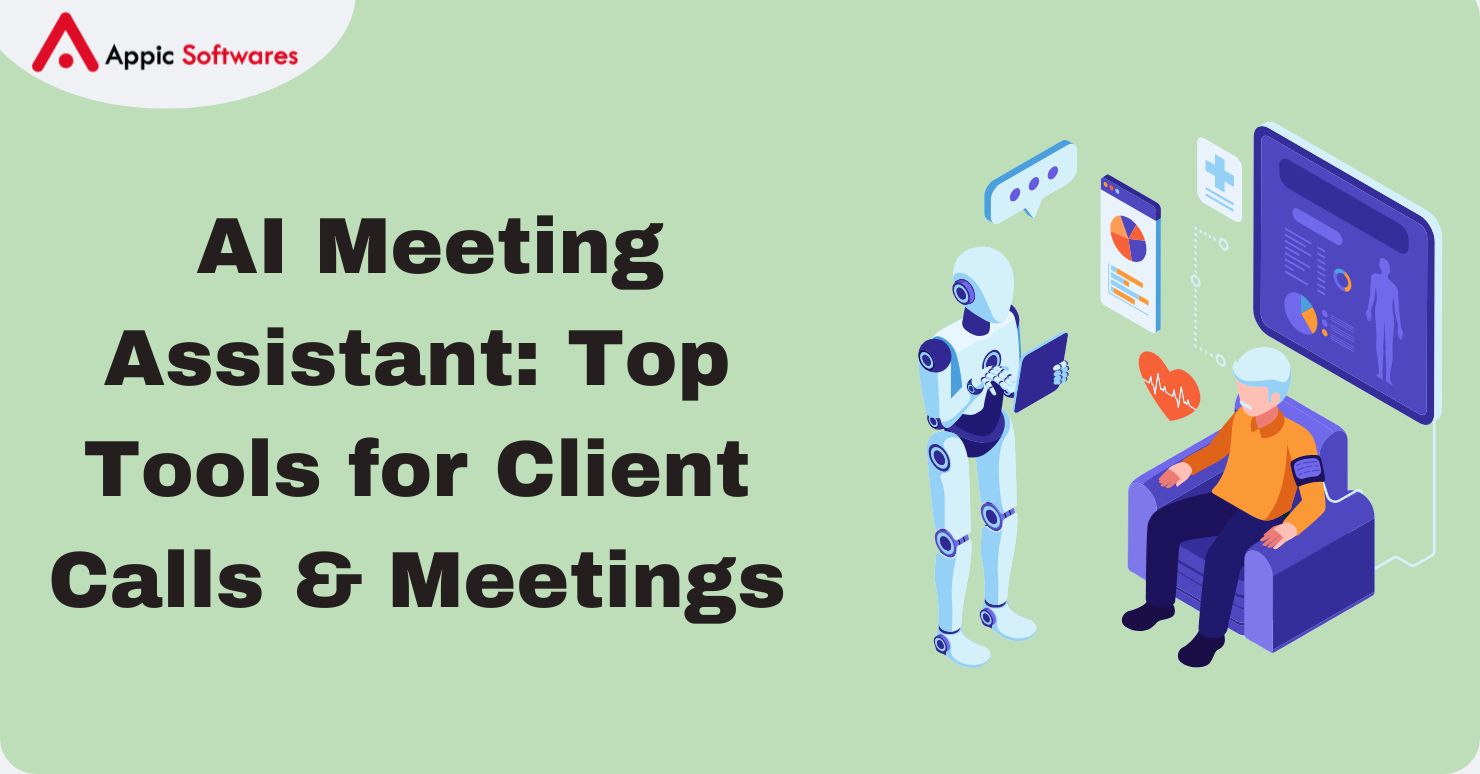
Python is one of the world’s most widely used programming languages, Thanks to its applications in web development, machine learning, artificial intelligence, data science, and enterprise solutions. With the rise in business dependence on software powered by Python, the supply of skilled developers fell short of the demand. To hire dedicated Python developers in 2025, you must grasp cost relations for efficient pricing and decision-making.
Determining Factors of Hiring a Python Developer

1. Experience Level
Cost-wise, a Python developer’s skill set is their primary differentiator. Developers can be sorted into three segments based on their skills:
- Junior Python Developer (0-2 years): They work on essential web development and automation projects which are less complex. Although affordable, supervision and guidance may be necessary to an extent.
- Mid-Level Python Developers (3-5 years of experience): They are familiar with frameworks, databases, and API development. They can build scalable applications and moderate-level issues.
- Senior Python Developers (5+ years of experience): They are proficient in advanced topics such as cloud computing, data engineering, AI/ML, and other distributed systems. Their salaries are already high because of their expertise and ability to lead.
When you hire dedicated Python developers, aligning their experience with your project’s needs ensures you balance cost and quality effectively.
2. Geographic location
The developer’s location cuts out a huge portion of the hiring costs since salary expectations differ from region to region. Living standards, market needs, and the number of skilled professionals affect compensation for Python programmers everywhere. Employers looking for Python programmers will face extreme variances in salaries when hiring in North America, Europe, or Asia.
The United States has a strong technology sector, which leads to high demand for Python developers. The salary variation occurs because of the high cost of living in major cities and competitive jobs. Developers who are highly skilled with lots of experience, emerging technologies, and specialization tend to make a lot.
Within Western Europe, Germany, France, and the United Kingdom have a developed IT sector, and Python developers are paid well. Europeans may have a lower average salary compared to the US, but the benefits and work-life balance in several European nations attract a skilled workforce. Income is also determined by other factors, such as employment laws and taxation policies. Poland, Ukraine, and Romania provide skilled talent at lower rates, reflecting current Python trends in cost-effective regions.
With a well-developed talent pool in the growing tech sector, Eastern Europe, particularly Poland, Ukraine, and Romania, has become a popular region for recruiting Python developers. Many foreign companies subcontract software development to this area, where professionals are used to working with foreign clients. Companies looking to reduce development costs are attracted by the lower standard of living.
India is recognised as a technology hub where many companies subcontract software development, making the Indian market favourable for business. Python developers in India have reputedly good programming skills to work with Scrum teams around the globe. The growing IT sector and a rising pool of talented graduates position India as a major contender in the global technology market. Opting to hire a Python developer from regions like Eastern Europe or India can slash expenses compared to North America or Western Europe.
As the years go by, the demand for Python developers in Southeast Asia, comprising the Philippines, Vietnam, and Indonesia, steadily rises. Businesses continue to select this region for software development because of the abundant skilled workforce and growing local tech environment. Therefore, the industry’s growth is directly proportional to the employment of Python developers in the area.
3. Engagement Models
The options to hire Price Python developers are varied, and each option caters to its distinct costs:
- Freelancers: Best suited for small-scale projects, freelancers tend to work on a per-project or hourly basis. Freelance Python developers usually charge between $25 and $150 per hour, depending on their expertise and location.
- In-house developers: Employing developers full-time allows for greater project oversight; however, it does come with additional expenses like salaries, benefits, office space, and equipment.
- Outsourcing to Development Companies: This is a reasonable alternative for businesses looking to provide a well-rounded team without the burden of sifting through applicants. Outsourcing costs vary depending on the region and reputation of the company, ranging between $30 and $150 an hour. Outsourcing helps manage the cost of hiring developers effectively.
- Dedicated Development Teams: Many companies hire dedicated Python development teams from overseas agencies for long-term projects. This is cost-efficient while still allowing for quality and scalability. For long-term projects, hiring dedicated Python developers through agencies blends affordability with scalability.
4. Project Complexity and Tech Stack
One crucial element that determines the cost of hiring Python developers is the level of complexity of a project. For example, basic applications require fewer resources, time, and expertise, rendering them cheaper. In contrast, more complex projects simultaneously require more excellent specialised skills, advanced frameworks, and competent developers to incur lower development costs. For instance, AI-driven projects leveraging Python for AI development demand developers proficient in TensorFlow or PyTorch. These specialists, often hired as Python experts, increase costs due to their niche expertise.
Lightweight frameworks such as Flask or Django are ideal for Python developers working on simple web applications such as blogs, portfolio sites, and small business websites. These applications typically only need basic CRUD user operations, authentication, and some third-party services. Since these types of projects follow basic industry standards and do not require much expertise, middle-level Python programmers without special skills can complete them quickly, lowering the hiring cost.
In comparison, complex enterprise-scalable web applications and platforms need sophisticated features such as microservices architecture, external API integration, streaming data processing, and other advanced security features. Such projects are typically created using Django or FastAPI for secure and performant applications. Companies must employ skilled programmers who understand complex backend optimisations, database design, and cloud computing services to increase scalability and reliability. The high complexity required for these tasks inc
reases the overall employment cost due to the needed higher-level skills.
The necessity of advanced Python developers rises sharply while working on AI-driven applications such as machine learning models, NLP tools, and computer vision projects. There is a lack of skilled personnel due to the need to work with specialised frameworks like TensorFlow, PyTorch, or Scikit-learn. Applications of AI and machine learning come with extensive data requirements, which include, but are not limited to, deep learning algorithm engineering, data modelling, and cloud optimisation. Due to the nature of such projects, the demand and hiring cost for skilful developers also increases sharply.
Just as Big data processing platforms that rank high in structured and unstructured data require Python developers to use distributed computing frameworks like Apache Spark or Dask, such applications also need real-time data streaming and running advanced analytics, which require heavy coding effort. Developers in big data projects should also have a profound understanding of different DBMS, cloud storage systems, and ETL processes on AWS, Google Cloud, or Azure. Due to the complexity and importance of optimising data workflows, the investment cost for hiring specialised Python developers is at an all-time high.
Further Cost Considerations
1. Costs of Employment
One of the most optimal strategies for minimising costs when hiring is to look for Python developers outside of the region where the company is located. Employers from the US and W
estern Europe can easily hire professionals from Eastern Europe, Latin America, and Asia and still pay significantly less. These areas are also known for having developed tech ecosystems along with experienced programmers. Remote work amplifies this advantage, letting you hire a Python coder globally while maintaining quality. International platforms make it easier to build cost-efficient, distributed teams.
With the rise of remote work, companies can form distributed teams that work offshore at a lower cost yet maintain a high development standard. Moreover, the hiring scope has widened, increasing the chances of finding skilled specialists for Python frameworks in Django, Flask, and FastAPI. Businesses now use international recruitment platforms and remote work tools to build competent and affordable development teams.
2. Look into Outsourcing and Staff Augmentation
If your business requires some degree of flexibility in its hiring st
rategy, outsourcing and staff augmentation might be good options compared to employing such staff internally. For instance, outsourcing Python development to well-established software companies enables them to get the best expertise available without the financial burdens of employing full-time staff. This model benefits startups and companies offering short-term projects or MVP (Minimum Viable Product) development because it considerably decreases the costs associated with recruitment and training. Both approaches help businesses hire dedicated Python developers without breaking the bank.
On the contrary, staff augmentation allows the firm to bring in external developers to work as a part of their in-house team for a specified duration. This strategy is more cost-effective as it will enable companies to utilise skilled Python developers without the expense of full-time staff members. Staff augmentation provides businesses with the flexibility for quick and effective team scaling, whether it’s specific tasks, seasonal projects, or firm proficiency gaps.
3. Quality Comes Before Cost
It’s easier to lower operational expenditure by hiring budget Python developers but executing such a strategy leads to more significant costs in technical debt, costlier code maintenance, and poor quality over time. Rather than looking at headcount cost only, companies should incorporate experienced and skilful developers who can provide high-quality code with scalable solutions. When you hire Python developers wit
h proven expertise, you safeguard long-term savings and project success.
Efficient project completion lowers the chances of expensive rewrites, debugging, and security gaps. When experienced Python developers can better optimize application performance and integrate third-party APIs, businesses save time and money. Companies achieve positive savings and better project results in the long run due to the cost-efficiency of balancing technical skills with business decision-making.
4. Finding Skilled Developers
Utilising the right hiring platform is essential for businesses looking to hire skilled Python developers at reasonable prices. Companies should look into more than one hiring option, which may include freelance websites, open vacancy boards, or developer groups.
- Marketplaces: Websites such as Upwork and Freelance are extremely useful for businesses looking to hire for short-term or startup projects. Competitive pay-per-hour or pay-per-project models allow a wide variety of Python developers to showcase their skills regardless of their experience level.
- Talent Networks: While paying more on sites like Toptal and Turing is required, only the best-quality pre-vetted Python developers are available for hire. These platforms reduce long-term expenses by guaranteeing quality work and improving overall costs.
- Job Portals and Networking Sites: Companies looking for full-time or freelance Python developers can sponsor their profiles on LinkedIn and StackOverflow Jobs. In addition, talking to members on GitHub and Reddit can assist in locating professionals with specialised skills.
Both approaches help businesses hire dedicated Python developers without breaking the bank. By strategically choosing the hiring platform based on project requirements and budget, businesses can save significant money while still having access to high-quality Python development talent. A checklist to hire Python developers can guide you, ensuring you assess skills, experience, and fit effectively.
Conclusion
In 2025, hiring dedicated Python developers from Appic Softwares can cost anywhere from $10,000 to $80,000 annually, depending on experience, location, engagement model, and project scope. The salaries usually depend on the place, the level of engagement, the complexity of the project, and the expertise of the employees. Remote work, outsourcing, and better recruitment strategies can help cut down on business costs.
Implementing a solid plan for employing fans, full-timers, or outsourced employees will guarantee the best return on investment. As Python’s dominance grows, planning your approach to hire dedicated Python developers will be key to balancing cost and quality for lasting success.








